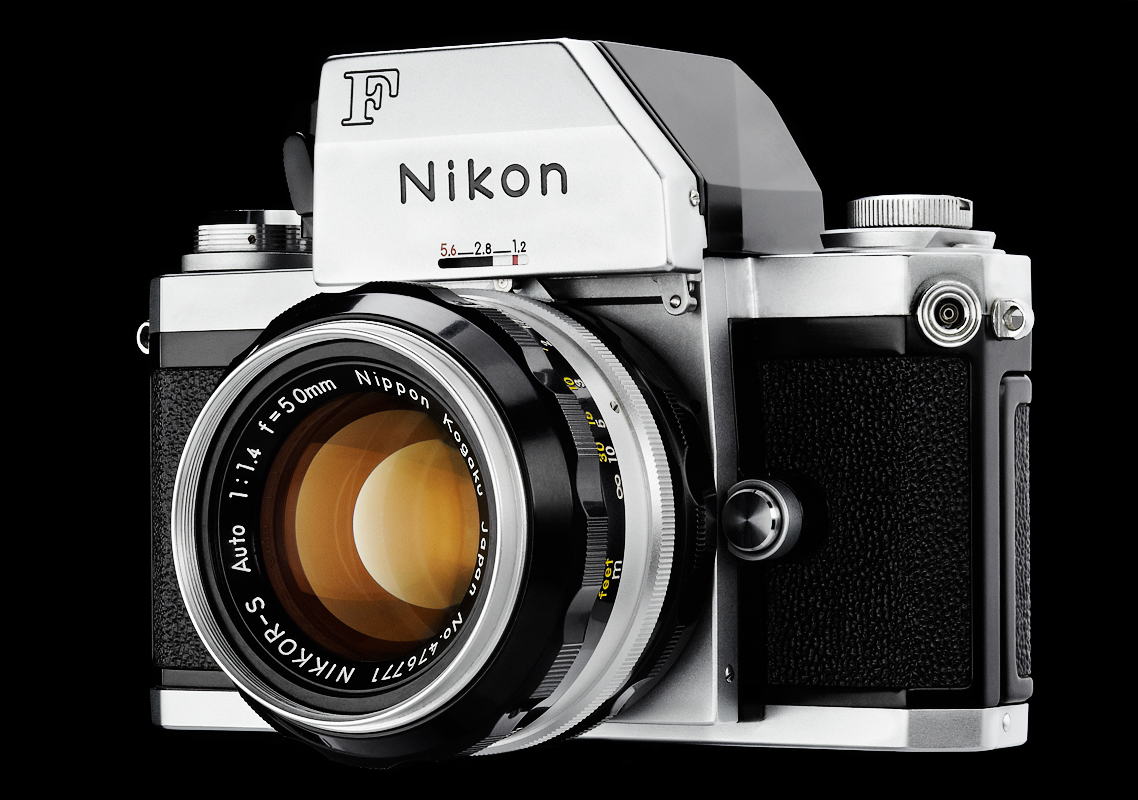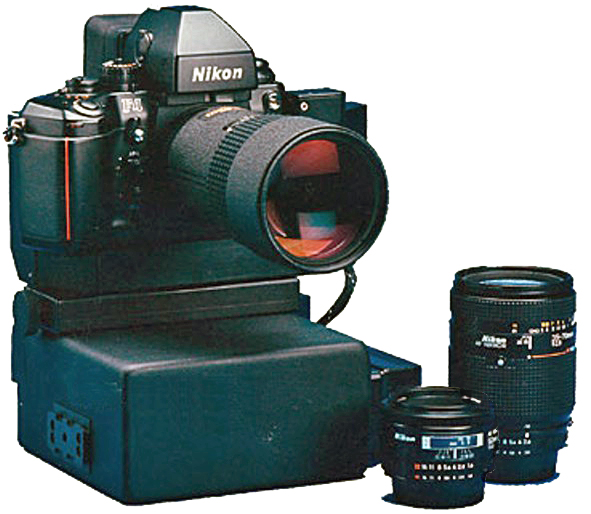|
Nikon D5500
The Nikon D5500 is an F-mount DSLR released by Nikon on January 5, 2015. As the successor to the D5300 (with no D5400 in between), this was the first Nikon DSLR to feature a touchscreen. The Nikon D5500 features a carbon-fiber composite body, weighs 60 grams less than its predecessor (the D5300), and has a touchscreen as well as Wi-Fi. It lacks NFC (near field communication) connectivity and GPS functionality. The Nikon D5500 is a compact DSLR containing a 24.2 megapixel sensor with no optical low-pass filter. It also features a touchscreen LCD and a lightweight design. It includes a 39-point autofocus system and ability to shoot up to 5 frames per second, as well as built-in Wi-Fi capabilities. A review by Camera Decision highlighted the bigger buffer for raw files and the longer battery life. [...More Info...] [...Related Items...] OR: [Wikipedia] [Google] [Baidu] |
Nikon
(, ; ) is a Japanese optics and photographic equipment manufacturer. Nikon's products include cameras, camera lenses, binoculars, microscopes, ophthalmic lenses, measurement instruments, rifle scopes, spotting scopes, and equipment related to Semiconductor device fabrication, semiconductor fabrication, such as Stepper, steppers used in the photolithography steps of such manufacturing. Nikon is the world's second largest manufacturer of such equipment. Since July 2024, Nikon has been headquartered in Nishi-Ōi, Shinagawa, Shinagawa, Tokyo where the plant has been located since 1918. The company is the eighth-largest chip equipment maker as reported in 2017. Also, it has diversified into new areas like 3D printers, 3D printing and regenerative medicine to compensate for the shrinking digital camera market. Among Nikon's many notable product lines are Nikkor imaging lenses (for Nikon F-mount, F-mount cameras, large format photography, photographic enlargers, and other applicatio ... [...More Info...] [...Related Items...] OR: [Wikipedia] [Google] [Baidu] |
Nikon D5300
The Nikon D5300 is an F-mount DSLR with a carbon-fiber-reinforced polymer body and other new technologies, announced by Nikon on October 17, 2013. It is a mid-range camera with a crop sensor and requires a minimum camera 8.3 raw plugin for Photoshop to process its .NEF files. It features the Expeed 4 processor and is the company's first DSLR with built-in Wi-Fi and GPS. It shares the same 24-megapixel image sensor as its D5200 predecessor, but without an anti-aliasing (AA) filter, equal to the Nikon D7100. MSRP for the body is $800, and $1,400 with an 18–140mm f/3.5-5.6 kit lens. The camera replaces the D5200 and is replaced by the Nikon D5500. This model of camera was involved in the RAF Voyager, ZZ333 incident on the 9th February 2014. Features * Expeed 4 with lower power consumption; extended battery life to 600 shots *Full HD video 1080p with auto focus also in uncompressed video (clean HDMI at 60p,30p,24p only) format. Nikon's first DSLR with 60p/50p framerat ... [...More Info...] [...Related Items...] OR: [Wikipedia] [Google] [Baidu] |
Nikon F-mount Cameras
(, ; ) is a Japanese optics and photographic equipment manufacturer. Nikon's products include cameras, camera lenses, binoculars, microscopes, ophthalmic lenses, measurement instruments, rifle scopes, spotting scopes, and equipment related to semiconductor fabrication, such as steppers used in the photolithography steps of such manufacturing. Nikon is the world's second largest manufacturer of such equipment. Since July 2024, Nikon has been headquartered in Nishi-Ōi, Shinagawa, Tokyo where the plant has been located since 1918. The company is the eighth-largest chip equipment maker as reported in 2017. Also, it has diversified into new areas like 3D printing and regenerative medicine to compensate for the shrinking digital camera market. Among Nikon's many notable product lines are Nikkor imaging lenses (for F-mount cameras, large format photography, photographic enlargers, and other applications), the Nikon F-series of 35 mm film SLR cameras, the Nikon D-series of digit ... [...More Info...] [...Related Items...] OR: [Wikipedia] [Google] [Baidu] |
List Of Nikon F-mount Lenses With Integrated Autofocus Motor
The following list of Nikon F-mount lenses with integrated autofocus motor includes only Nikon Nikon F-mount, F-mount Photographic lens, lenses which fully autofocus in all modes of all Nikon#Digital single lens reflex cameras, Nikon F-mount digital single-lens reflex cameras with and also ''without'' an autofocus electric motor, motor. Cameras lacking an integrated autofocus motor (often called screw drive) are the Nikon D40, Nikon D40x, D40X, Nikon D60, D60, Nikon D3xxx series (the latest model of which is the Nikon D3500, D3500), Nikon D5xxx series (the latest model of which is the Nikon D5600, D5600), all Nikon 1 series cameras with FT1 adapter and the Nikon Z-mount cameras with FTZ adapter.FTZ Adapter Compatibility Z System User:Thom Hogan Clearly designated includ ... [...More Info...] [...Related Items...] OR: [Wikipedia] [Google] [Baidu] |
Active Pixel Sensor
An active-pixel sensor (APS) is an image sensor, which was invented by Peter J.W. Noble in 1968, where each pixel sensor unit cell has a photodetector (typically a pinned photodiode) and one or more active transistors. In a metal–oxide–semiconductor (MOS) active-pixel sensor, MOS field-effect transistors (MOSFETs) are used as amplifiers. There are different types of APS, including the early NMOS APS and the now much more common complementary MOS (CMOS) APS, also known as the CMOS sensor. CMOS sensors are used in digital camera technologies such as cell phone cameras, web cameras, most modern digital pocket cameras, most digital single-lens reflex cameras (DSLRs), mirrorless interchangeable-lens cameras (MILCs), and lensless imaging for, e.g., blood cells. CMOS sensors emerged as an alternative to charge-coupled device (CCD) image sensors and eventually outsold them by the mid-2000s. The term ''active pixel sensor'' is also used to refer to the individual pixel sensor its ... [...More Info...] [...Related Items...] OR: [Wikipedia] [Google] [Baidu] |
A Black Nikon D5500
A, or a, is the first letter and the first vowel letter of the Latin alphabet, used in the modern English alphabet, and others worldwide. Its name in English is '' a'' (pronounced ), plural ''aes''. It is similar in shape to the Ancient Greek letter alpha, from which it derives. The uppercase version consists of the two slanting sides of a triangle, crossed in the middle by a horizontal bar. The lowercase version is often written in one of two forms: the double-storey and single-storey . The latter is commonly used in handwriting and fonts based on it, especially fonts intended to be read by children, and is also found in italic type. In English, '' a'' is the indefinite article, with the alternative form ''an''. Name In English, the name of the letter is the ''long A'' sound, pronounced . Its name in most other languages matches the letter's pronunciation in open syllables. History The earliest known ancestor of A is ''aleph''—the first letter of the Phoenician ... [...More Info...] [...Related Items...] OR: [Wikipedia] [Google] [Baidu] |
Raw Image Format
A camera raw image file contains unprocessed or minimally processed data from the image sensor of either a digital camera, a motion picture film scanner, or other image scanner. Raw files are so named because they are not yet processed, and contain large amounts of potentially redundant data. Normally, the image is processed by a raw converter, in a wide- gamut internal color space where precise adjustments can be made before conversion to a viewable file format such as JPEG or PNG for storage, printing, or further manipulation. There are dozens of raw formats in use by different manufacturers of digital image capture equipment. Rationale Raw image files are sometimes described as "digital negatives". Like transparency film and unlike negative film, raw image pixels contain positive exposure measurements. The raw datasets are more like undeveloped film: a raw image can be developed by software in a non-reversible manner to reach a complete image that resolves ev ... [...More Info...] [...Related Items...] OR: [Wikipedia] [Google] [Baidu] |
Near Field Communication
Near-field communication (NFC) is a set of communication protocols that enables communication between two electronic devices over a distance of or less. NFC offers a low-speed connection through a simple setup that can be used for the bootstrapping of capable wireless connections. Like other proximity card technologies, NFC is based on inductive coupling between two electromagnetic coils present on a NFC-enabled device such as a smartphone. NFC communicating in one or both directions uses a frequency of 13.56 MHz in the globally available unlicensed radio frequency ISM band, compliant with the ISO/IEC 18000-3 air interface standard at data rates ranging from 106 to 848 kbit/s. The NFC Forum has helped define and promote the technology, setting standards for certifying device compliance. Secure communications are available by applying encryption algorithms as is done for credit cards and if they fit the criteria for being considered a personal area network. NFC ... [...More Info...] [...Related Items...] OR: [Wikipedia] [Google] [Baidu] |
Carbon-fiber-reinforced Polymer
Carbon fiber-reinforced polymers (American English), carbon-fibre-reinforced polymers ( Commonwealth English), carbon-fiber-reinforced plastics, carbon-fiber reinforced-thermoplastic (CFRP, CRP, CFRTP), also known as carbon fiber, carbon composite, or just carbon, are extremely strong and light fiber-reinforced plastics that contain carbon fibers. CFRPs can be expensive to produce, but are commonly used wherever high strength-to-weight ratio and stiffness (rigidity) are required, such as aerospace, superstructures of ships, automotive, civil engineering, sports equipment, and an increasing number of consumer and technical applications. The binding polymer is often a thermoset resin such as epoxy, but other thermoset or thermoplastic polymers, such as polyester, vinyl ester, or nylon, are sometimes used. The properties of the final CFRP product can be affected by the type of additives introduced to the binding matrix (resin). The most common additive is silica, but other ... [...More Info...] [...Related Items...] OR: [Wikipedia] [Google] [Baidu] |
Touchscreen
A touchscreen (or touch screen) is a type of electronic visual display, display that can detect touch input from a user. It consists of both an input device (a touch panel) and an output device (a visual display). The touch panel is typically layered on the top of the electronic visual display of a device. Touchscreens are commonly found in smartphones, tablet computer, tablets, laptops, and other electronic devices. The display is often an Liquid-crystal display, LCD, AMOLED or OLED display. A user can give input or control the information processing system through simple or multi-touch gestures by touching the screen with a special Stylus (computing), stylus or one or more fingers. Some touchscreens use ordinary or specially coated gloves to work, while others may only work using a special stylus or pen. The user can use the touchscreen to react to what is displayed and, if the software allows, to control how it is displayed; for example, Zooming user interface, zooming to inc ... [...More Info...] [...Related Items...] OR: [Wikipedia] [Google] [Baidu] |
Nikon D5600
The Nikon D5600 is a 24.2 megapixel upper-entry level, APS-C sensor DSLR announced by Nikon on November 10, 2016, as the successor of the D5500. The camera has an F-mount. D5600 offers only small changes over the predecessor, among them is Bluetooth connection. With SnapBridge application on smart device, the camera can be remote controlled. SnapBridge also allows automated updating of camera's clock and GPS. In January 2021, Nikon announced that the D5600 and D3500 would no longer be sold in Japan, but that sales elsewhere would continue "for the time being". In June 2022, it was confirmed that production of both models had ceased. Nikon did not release a direct successor to the D5600. Features * 24MP CMOS sensor with no optical low-pass filter (OLPF), Nikon DX format; focal length equivalent to approx. 1.5x that of lenses with FX-format angle of view. * Nikon EXPEED 4 image/video processor. * 3.2″ Fully Articulated touchscreen LCD with 1.04M dots * Full HD 1080p / ... [...More Info...] [...Related Items...] OR: [Wikipedia] [Google] [Baidu] |








